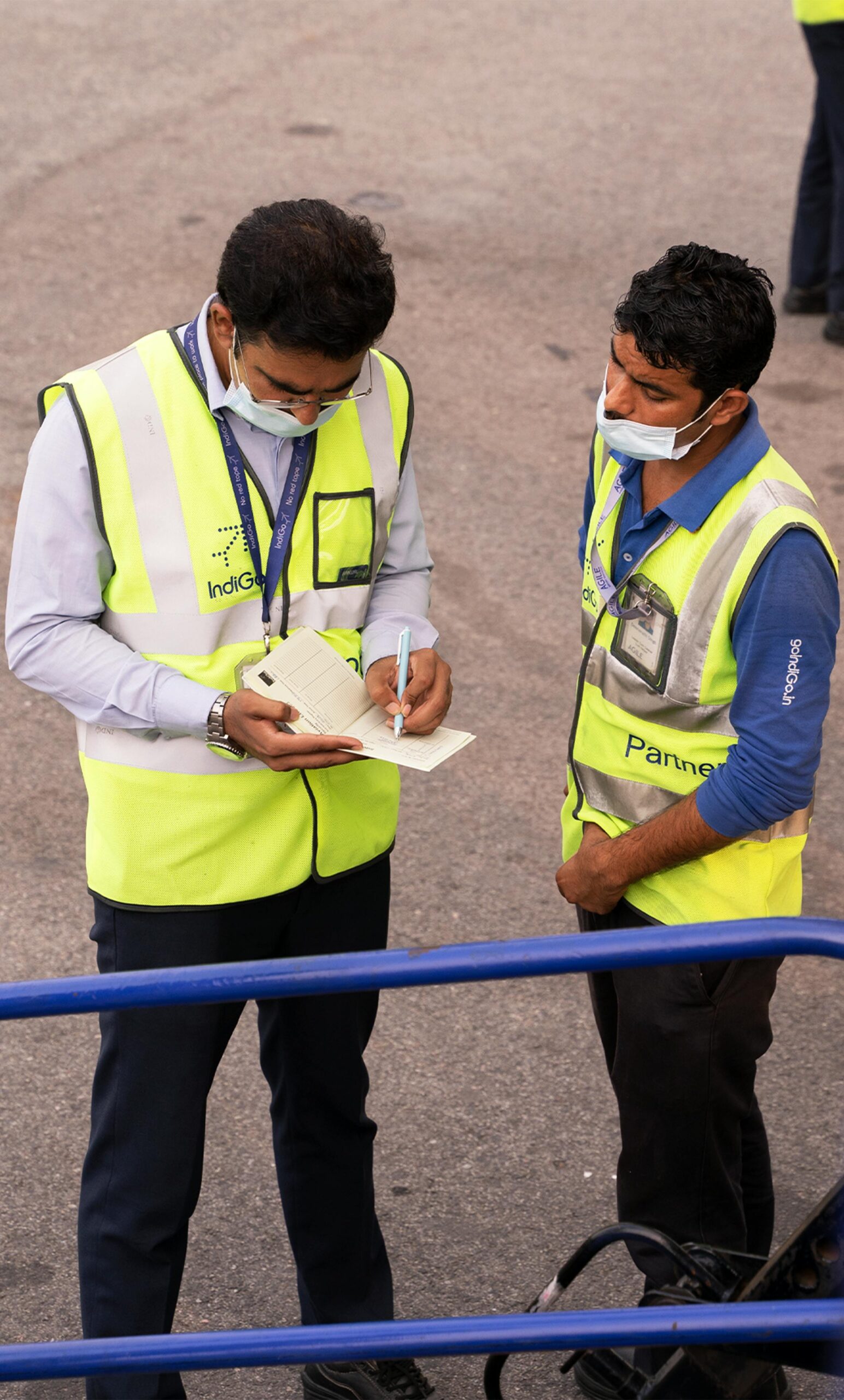International Flight Planning
When preparing for an international flight, meticulous planning is crucial. The steps involved ensure a smooth journey and compliance with various regulations. Different factors come into play, from legal documentation to understanding weather patterns. Let’s break down the essential components of international flight planning.
Documentation and Legal Requirements

Every international flight requires specific documentation. Passports, visas, and pilot licenses must be checked for validity. Depending on the destination country, additional permits may be required. It’s vital to verify these details well in advance of the flight to accommodate processing times. Familiarize yourself with the entry requirements of the destination country, as well as any transit countries. This prevents delays and complications.
Flight Plan Filing
File a flight plan with the appropriate aviation authority. This document includes route details, alternate airports, and estimated times. Ensure the flight plan complies with International Civil Aviation Organization (ICAO) standards. This information aids in air traffic control and search and rescue operations, if necessary. It also helps monitor the aircraft’s progress and ensure safety.
Route Planning
Choose the optimal route based on several criteria. Consider airspace restrictions, weather conditions, and aircraft performance. Use aeronautical charts and flight planning software to plot the route. The chosen path should minimize fuel consumption while considering the safety of the operation. Include alternate airports in the plan to manage unexpected circumstances. Routes through oceanic airspace require specific procedures and reporting points.
Fuel Management
Calculate fuel requirements accurately. Consider variable factors like wind, aircraft weight, and temperature. Incorporate contingency fuel to account for delays or holding patterns. Ensure compliance with ICAO fuel regulations. Fuel management is critical in case of diversions to alternate airports.
Aircraft Maintenance and Preparation
- Conduct thorough pre-flight inspections. Verify the serviceability of all critical systems.
- Ensure the aircraft meets airworthiness standards. Check maintenance logs for upcoming service requirements.
- Review the aircraft’s weight and balance calculations. Ensure they are within the allowable limits.
- Verify the presence and condition of safety equipment including life rafts, life vests, and medical kits.
Weather Considerations
Analyze weather forecasts for the entire route using meteorological services. Identify potential weather hazards such as thunderstorms, turbulence, and icing conditions. Plan accordingly to avoid or mitigate these risks. Consider time zones and daylight variations, which can impact visibility and fuel consumption. Make provisions for en-route weather updates.
Customs and Immigration
Research customs and immigration procedures for the destination country. Prepare necessary declarations and reports. Upon arrival, crew members may need to present documents and undergo inspection. Understanding these procedures in advance can streamline the process and avoid compliance issues. Include information on local customs regulations, prohibited items, and duty-free allowances.
Communication and Navigation
Equip the aircraft with appropriate communication and navigation tools. Confirm the functionality of radios, transponders, and GPS systems. Follow standard operating procedures for oceanic and remote area navigation. Regularly check in with air traffic control as required by the flight plan. Maintain awareness of international distress frequencies and emergency protocols. Communication is key to managing any inflight contingencies.
Security Measures
- Adhere to international security protocols. Conduct security screenings of passengers and baggage.
- Follow guidelines set by the International Air Transport Association (IATA). Ensure compliance with the destination country’s security policies.
- Stay updated on global security threats that could affect flight safety. Implement measures to mitigate risks.
Health Considerations
Understand the health advisories and vaccination requirements of the destination country. Carry relevant medical documentation. Stock the aircraft with medical supplies and first-aid kits. For certain destinations, personal protective equipment (PPE) may be necessary. Awareness of health regulations ensures passenger and crew safety.
Cost Management
Budget accurately for the trip, including fuel, landing fees, and overflight permits. Analyze the financial implications of the chosen route and alternate airports. Monitor exchange rates for possible currency conversions. Effective cost management ensures the flight’s economic viability.
Emergency Preparedness
Prepare for potential emergencies with detailed procedures. Conduct crew briefings on emergency protocols and equipment use. Familiarize the crew with the aircraft’s emergency exits and life-saving equipment. Consider unique emergencies like hijackings or medical emergencies. Instruct on the use of emergency locator beacons.
Insurance and Liability
Verify the aircraft’s insurance coverage for international operations. Understand the liability limits and coverage areas. Check if additional insurance is required for specific regions. Ensure compliance with international aviation insurance standards. Adequate coverage protects all parties involved.
Environmental Regulations
Understand and comply with environmental regulations in international airspace. This includes noise abatement procedures and emission control standards. Follow guidelines for disposing of waste generated during the flight. Awareness of these regulations promotes sustainability and protects the environment.
Continual Learning and Updates
- Stay up-to-date with international aviation regulations and best practices. Regularly review changes by aviation authorities.
- Involve the crew in recurrent training programs. This ensures familiarity with current regulations and standards.
- Engage with professional aviation networks to share insights and updates. Continuous learning is key to successful international flight planning.
“`




Subscribe for Updates
Get the latest articles delivered to your inbox.
We respect your privacy. Unsubscribe anytime.